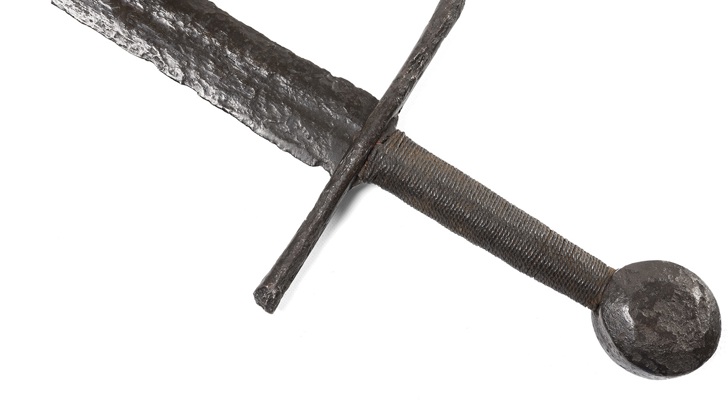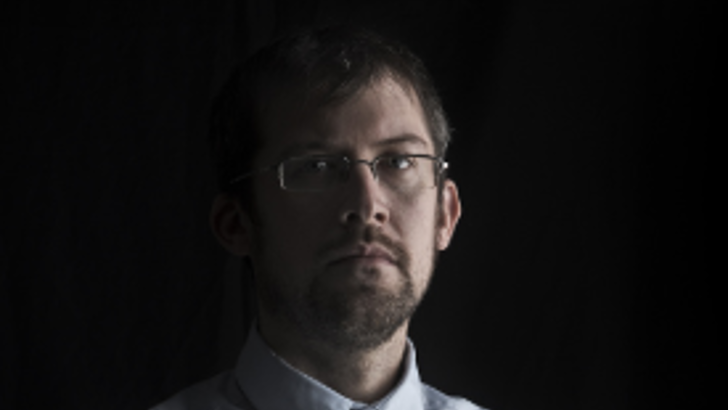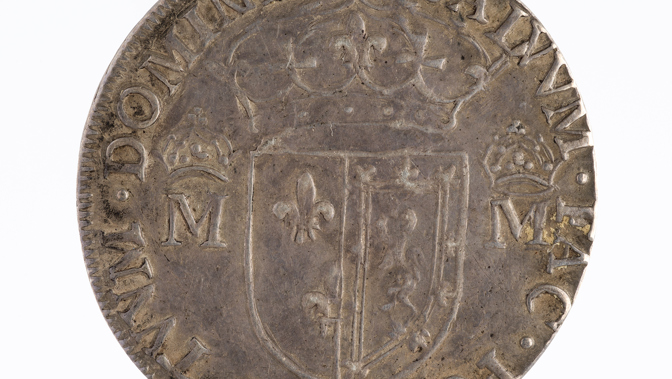The Magic of Metal

Curator of Arms and Armour, Ralph Moffat tells us how medieval swordmakers were unwittingly using science to strengthen the metal for the weapons they crafted.
'A fifteenth-century chronicler watched two men in single combat. He couldn’t believe what he saw:
‘It was said that (one fighter) had had his harness (complete armour) tempered in some kind of water that made it so good that nothing could damage it, and truly, he fought in such a light war harness that it was impossible that the harness could take the blows that (the other fighter) gave it without some kind of contrivance or assistance.’
An expert fighter writing around the same time knew better. He tells us that the best iron and steel is to be found in Innsbruck where the masters temper it in cold water and test it by shooting at it with crossbows and even with small handheld cannons.
‘Tempering’ is the process of heating up metal to harden it. Before this, it is ‘quenched’: plunged while hot into a liquid to make it harder.
Did you know that some craftsmen thought that using snail juice or billygoats’ blood made sword blades sharper? Even better than that, but harder to get hold of, was the urine of a small red-headed boy! Sounds weird to us, but these ideas were based on the understanding of the time.
Secret knowledge such as alchemy sought to find ways of controlling nature. Different natural forces had different properties. For example, billygoats are fierce and strong so people thought their blood would make the metal blade fierce and strong too. Without understanding the modern science behind it, these craftsmen were on to something. The naturally-occurring chemicals in these substances add carbon to the steel and do actually make it stronger. Indeed, even into the late twentieth century, whale oil was used for this process (look online: Wilkinson Sword sword making).
Most of these recipes were kept top secret and passed down from master to apprentice. There is an old Scottish tale about a master sword-maker who had a secret technique for making really good blades. He sent his young apprentices out of the workshop while he sprinkled some mysterious powder over the red hot blade. One bold apprentice decided that he would spy on his master to find the secret. Unfortunately for him, the master found out and murdered him with his hammer!'
Ralph Moffat
Curator of Arms and Armour
Glasgow Museums


Images, from top to bottom:
Header image - Longsword, around 1300
Bottom of page:
Detail of a longsword, around 1275-1350
Ralph Moffat, Glasgow Museums' Curator of Arms and Armour.

